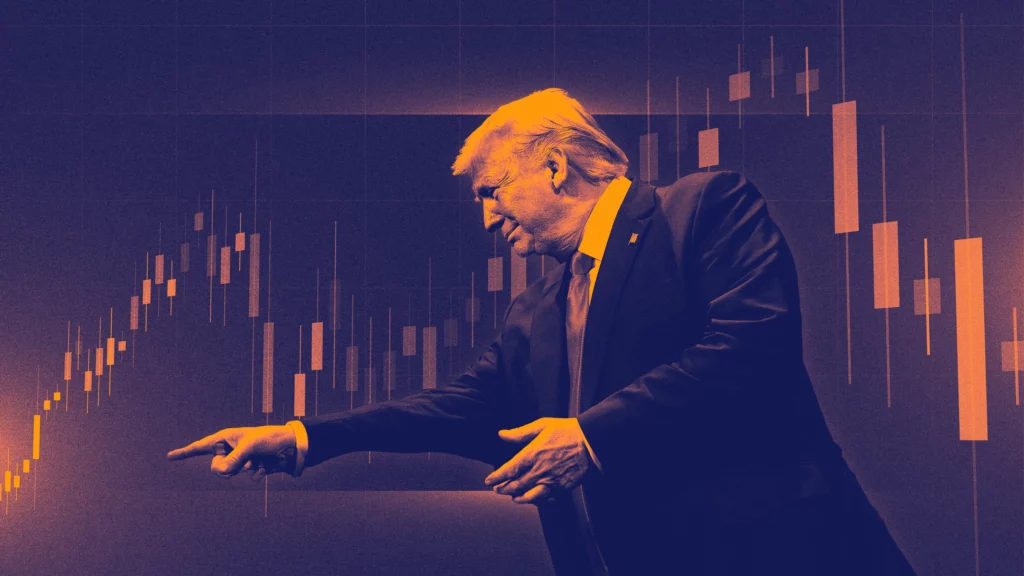Darius joined our friend Ben Brey on this month’s Pro to Pro Live to discuss China, the federal budget deficit, the “K-shaped” economy, and more.
If you missed the interview, here are the three most important takeaways from the conversation that have significant implications for your portfolio:
1. If Beijing Fails To Act Forcefully, China Will Slip Into A Structural Debt Deflation Akin to 1990’s Japan
China currently faces a difficult position. It has to balance its development goals against a high level of private sector debt, comparable to Japan’s before the 1990s.
Moreover, in 2011, China’s investment as a percentage of GDP peaked near 50%, roughly 1500 basis points higher than Japan’s peak before its long-term debt deflation.
China is caught between a rock and a hard place because it needs to both stimulate the economy to avoid a deflationary spiral and deal with the consequences of past capital misallocation from previous stimulus efforts. We believe the most likely outcome is that China will opt for more stimulus sooner rather than later to address these challenges.
2. The Fiscal Impulse Is Currently Negative, Which Is Likely To Contribute To The Pending Slowdown In Nominal Growth
As our 42 Macro Fiscal Policy Monitor demonstrates, we already see signs that the federal budget deficit is beginning to contract.
Despite being significantly larger in 2023 compared to 2022, the federal budget deficit is now $51 billion smaller on a year-to-date basis through May-24.
This shrinking deficit could lead to a stronger dollar, negatively impacting global liquidity by making it more expensive for other countries to borrow and service debt in dollars. This scenario may lead to a more significant global economic slowdown than the consensus estimates, which currently predict an average of 3% growth this year and next.
3. The US Economy Is A “K-shaped” Economy And That Dynamic Had Bullish Implications To Date
The US economy is currently “K-shaped,” where different segments of the population experience divergent recovery paths. We are observing higher-income individuals experience significant growth in consumption while those in lower-income brackets continue to struggle or worsen.
Our research shows that the lower part of the “K” has diminished in size, while the upper part, representing higher-income individuals, has grown larger. This is evident from consumer spending data, showing that the lower third of income earners accounts for only 15% of consumer spending, while the upper third accounts for 51%.
As long as stocks remain in a bull market and credit markets support private equity and private credit, the wealthier segment will continue to drive the economy. We believe this disparity is currently preventing a significant decline in corporate profits and a contraction in the business cycle.
That’s a wrap! If you found this blog post helpful, explore our research for exclusive, hedge-fund-caliber investment insights you can act on today.


